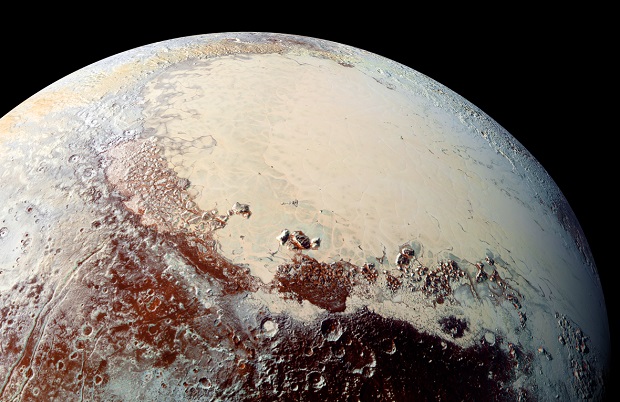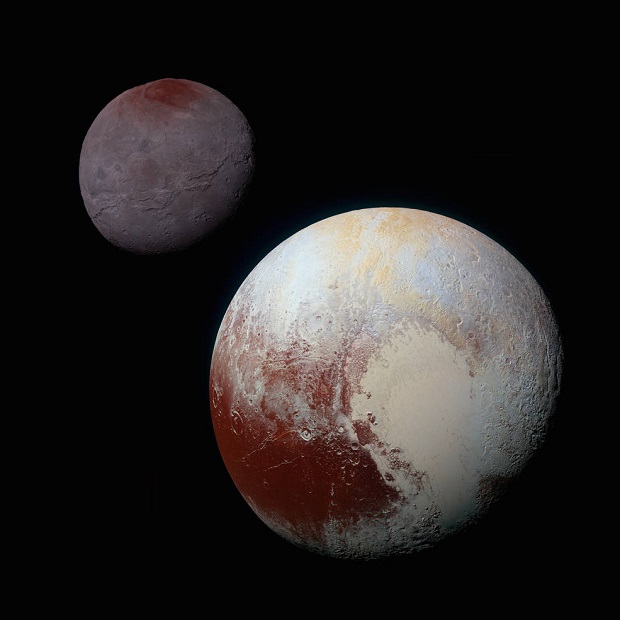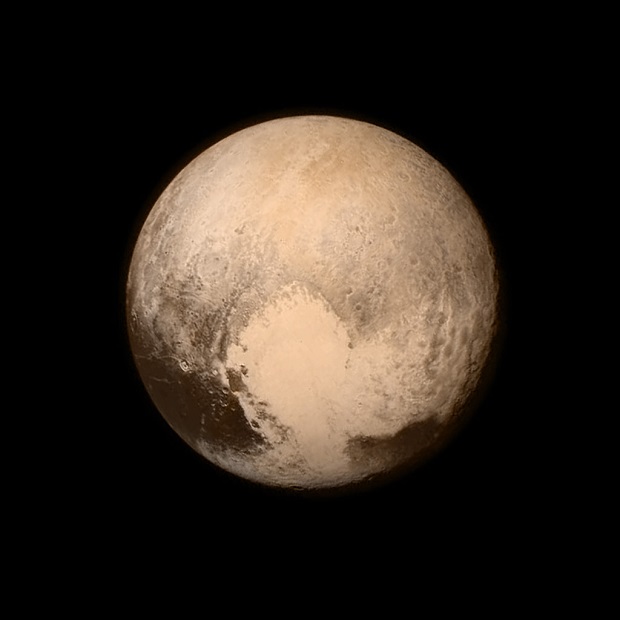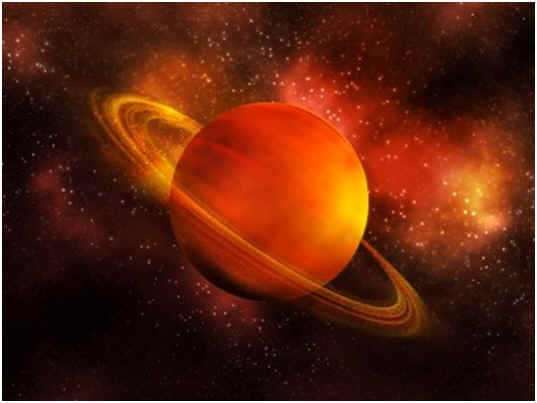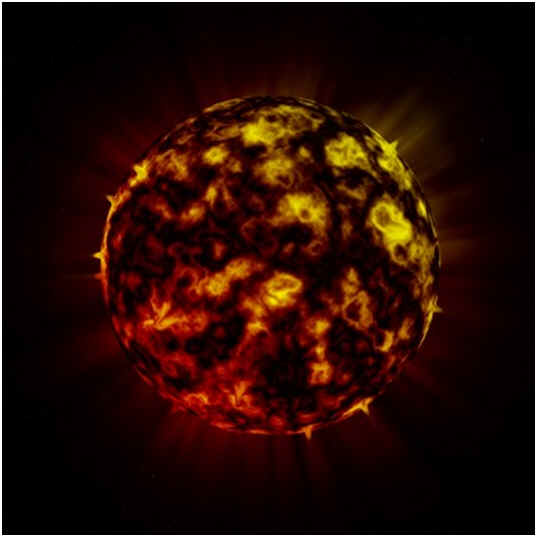
Is Venus Hotter Than Mercury?
Venus IS hotter than Mercury. Although Mercury is the planet closest to the Sun, Venus is actually the hottest planet in the Solar System. This temperature anomaly is primarily due to atmospheric differences between the two planets and the Venusian atmosphere’s ability to act as a “trap” for the Sun’s ultraviolet rays.
The Surface of Mercury
Mercury is a hot ball of geologically inactive rock marred with thousands of different-sized craters. It has an equatorial, high-noon temperature of 800 degrees Fahrenheit and a thin, almost imperceptible atmosphere that holds a minimal amount of the Sun’s heat. As a result of being airless, Mercury’s temperature decreases dramatically at night, down to 350 degrees Fahrenheit, simply because its atmosphere cannot retain ultraviolet heat.
The Surface of Venus
With the thickest atmosphere of any planet in the Solar System, Venus would exert such tremendous pressure on a human being standing unprotected on its surface (nearly 95 percent more pressure than found on Earth at sea level) that the person would suffer instant death, probably before inhaling the carbon dioxide and methane-rich “air” choking the Venusian surface.
Venus’s atmosphere is also the reason why it is hotter than Mercury. Gases necessary to create the greenhouse effect–primarily carbon dioxide–compose the Venusian troposphere and much of the stratosphere. Ultraviolet light reaching the surface bounces off the surface but is ultimately trapped by the thick layers of gases. Consequently, the Venusian surface temperature consistently remains an estimated 900 degrees Fahrenheit regardless of the time of day.
